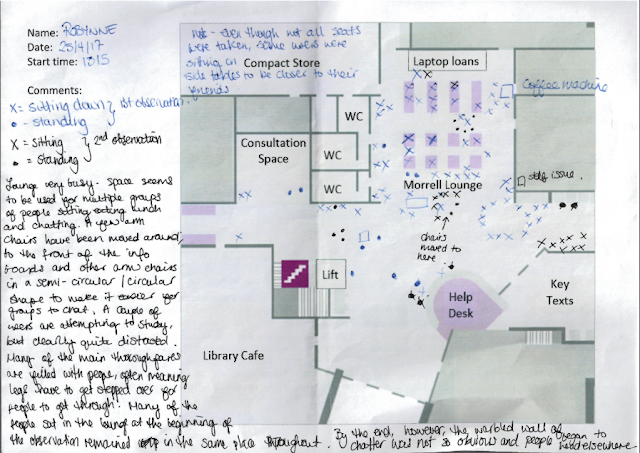This month I had the honour of giving the opening Keynote at the Stellenbosch University Library Symposium, the theme for which this year was User Experience.
I've travelled to South Africa for a conference before and it was one of the best professional experiences I've ever had, but this time I couldn't quite make the huge journey time work, with it being Autumn term, so we decided to do it virtually. We chose a mixture of recorded and live - I created a video, using Screencast-o-matic which I love, and then we did the Q&A live via Skype. I thought this was safer than trying to do the whole thing live and risk technology failure...
Although my colleagues and I have talked about UX at various events over the last three years, this was the first time we'd had the length of time afforded by a keynote, and my hosts had specifically asked to hear about the projects we've done at York - so essentially I pulled together all threads we often write about on this blog into one big presentation. I've embedded the video below and of course you're more than welcome to watch the whole thing if you'd like to! But given that people often have specific areas of interest around UX, here are some shortcuts to the various parts of the presentation:
- After the preamble there's an introduction to UX and ethnography. What it is (and isn't), the way it has spread across the industry, why it's so powerful.
- Part 2 is a A timeline of UX at York. I discuss the various major UX-led projects we've done, our use and non-use of interns to help us, and the various ethnographic techniques we've used
- The massive up-scaling involved for the Understanding Academics project, plus some of our findings and the changes we made, are discussed next
- How we try to disseminate our findings and experiences is covered here
- Next I cover steering and guidance for UX. How it fits strategically, our UX Group which includes our UX book club, and so on
- Training and Support for UX is discussed here: our internal training sessions and the way we've been trying to bring this techniques to other parts of the University
- Finally, some tips for embedding UX at your own institution
That said, we did all the fieldwork for our two biggest UX projects to date ourselves, partly because it was such a good opportunity for as as staff to be learning about our users first-hand. It's also a fascinating process to be part of and a good opportunity for staff to learn new skills.
So without wanting to sit on the fence, there are good arguments both for using interns and for doing everything yourself...
______________________
Thank you so much to everyone at the Conference for inviting me and allowing me to present virtually. It was fun to put together.


